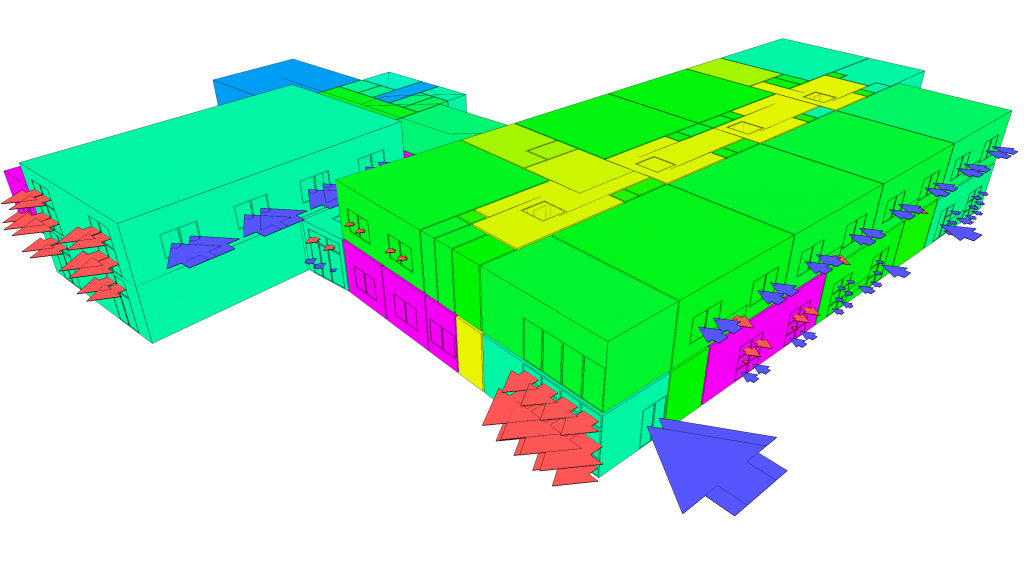Have you ever heard of autism canoe? It's a therapeutic activity that combines the benefits of being in nature with the calming effects of canoeing. If you're looking for a unique and effective way to support individuals with autism, then autism canoe might be just what you need.
Living with autism can be challenging for both the individual and their loved ones. Communication difficulties, sensory sensitivities, and social interactions can all pose significant obstacles. Finding activities that can help alleviate these challenges and provide a sense of calm and peace is crucial.
Autism canoe is designed to address the specific needs of individuals with autism. It provides a safe and structured environment where they can engage with nature and experience the therapeutic benefits of being outdoors. Canoeing allows for a sensory-rich experience, as the individual can feel the gentle rocking of the boat, hear the sound of the water, and see the beautiful surroundings.
In summary, autism canoe offers a unique approach to supporting individuals with autism. By combining the calming effects of being in nature with the therapeutic benefits of canoeing, it provides a safe and structured environment for individuals to engage with their surroundings and experience a sense of peace and calm.
The Target of Autism Canoe
Autism canoe is specifically designed for individuals with autism. It aims to provide a therapeutic and sensory-rich experience in a safe and structured environment. By engaging with nature and experiencing the calming effects of canoeing, individuals with autism can find a sense of peace and calm that can help alleviate the challenges associated with their condition.
As a parent of a child with autism, I have personally witnessed the transformative power of autism canoe. My child, who struggles with sensory sensitivities and social interactions, has found solace and peace in the canoe. The gentle rocking of the boat and the soothing sounds of nature have a calming effect on him, allowing him to relax and engage with his surroundings in a way that he cannot in other environments.
Autism canoe is not just a recreational activity; it is a therapeutic intervention that can have a profound impact on individuals with autism. The combination of being in nature and engaging in physical activity creates a unique sensory experience that can help regulate emotions, improve communication skills, and enhance social interactions.
The History and Myth of Autism Canoe
While the specific origins of autism canoe are unclear, the therapeutic benefits of being in nature have been recognized for centuries. Indigenous cultures around the world have long used nature as a source of healing and connection, and canoeing has been a traditional means of transportation and exploration.
There is a myth among some indigenous communities that the canoe has special powers to heal and protect. It is believed that the canoe can carry away negative energy and bring positive energy into the individual's life. This belief adds a spiritual aspect to the practice of autism canoe and further emphasizes its therapeutic benefits.
The Hidden Secret of Autism Canoe
One of the hidden secrets of autism canoe is the power of the water to calm and soothe individuals with autism. Water has a natural calming effect on the nervous system and can help reduce anxiety and stress. The rhythmic motion of the boat and the gentle sounds of the water create a sense of peace and tranquility that can be incredibly beneficial for individuals with autism.
Additionally, the act of canoeing requires focus and coordination, which can help individuals with autism improve their motor skills and concentration. The repetitive motion of paddling can also provide a sense of rhythm and structure, which can be comforting for individuals who thrive on routine and predictability.
Recommendations for Autism Canoe
If you're interested in trying autism canoe, there are a few recommendations to keep in mind. First, ensure that the environment is safe and accessible for individuals with autism. Choose a calm and quiet body of water that is free from distractions and potential hazards.
It's also important to provide appropriate support and guidance during the activity. Depending on the individual's needs, this may include additional supervision, sensory accommodations, or communication strategies. Tailor the experience to meet the specific needs of the individual and create a supportive and inclusive environment.
Benefits of Autism Canoe
There are numerous benefits to engaging in autism canoe. First and foremost, it provides a unique and enjoyable experience for individuals with autism. The combination of being in nature and engaging in physical activity can improve overall well-being and promote a sense of calm and relaxation.
Autism canoe also offers opportunities for social interaction and communication. Canoeing with a partner or in a group setting encourages teamwork and cooperation, and can help individuals with autism develop and practice their social skills.
Tips for Autism Canoe
If you're considering trying autism canoe, here are a few tips to make the experience as enjoyable and beneficial as possible:
- Choose a calm and quiet body of water
- Provide appropriate support and accommodations
- Engage in pre- and post-canoeing activities, such as sensory warm-ups and debriefing sessions
- Take breaks and allow for rest and relaxation during the activity
Conclusion of Autism Canoe
Autism canoe offers a unique and effective way to support individuals with autism. By combining the therapeutic benefits of being in nature with the calming effects of canoeing, it provides a safe and structured environment for individuals to engage with their surroundings and experience a sense of peace and calm. Whether you're a parent, caregiver, or therapist, consider incorporating autism canoe into your repertoire of therapeutic activities.

No comments:
Post a Comment